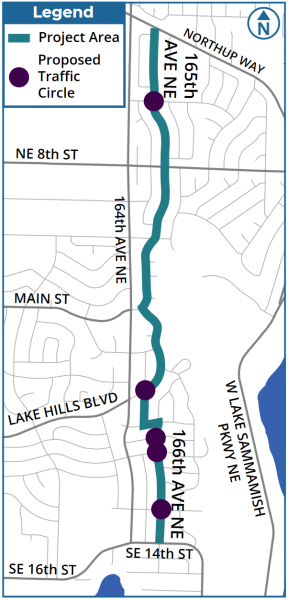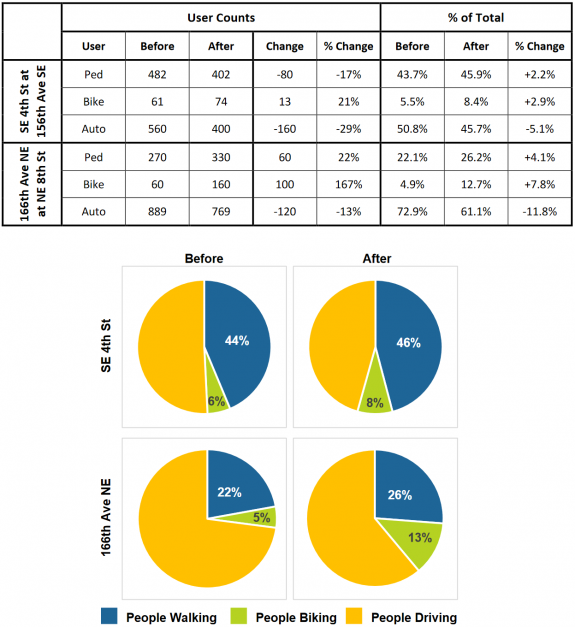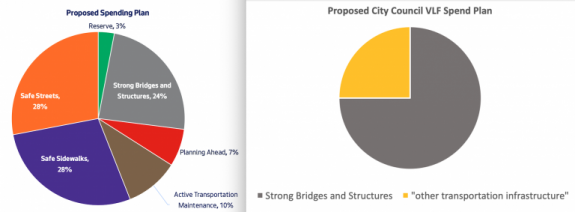 The 2021 state legislative session is closing with some wins for biking, progress on other priorities and a lot of uncertainty about the future of transportation funding in Washington.
The 2021 state legislative session is closing with some wins for biking, progress on other priorities and a lot of uncertainty about the future of transportation funding in Washington.
A massive transportation funding bill loomed over the 2021 legislative session, but in the end did not move forward. With a pricetag as high as $26 billion over 16 years in the House version, the transportation bill took a lot of the oxygen out of the room throughout the session. But the House and Senate couldn’t put together something that could get enough votes in each chamber to pass.
The legislature did pass a two-year transportation budget that includes a “$10 million increase to active transportation grant programs,” according to Alex Alston at Washington Bikes. The Senate version of the budget did not initially have this increase, so this was a significant win for Safe Routes to School and the state’s bicycle and pedestrian grant programs.
The state also passed a law change that will allow regional transit authorities (like Sound Transit) to “establish an alternative fare enforcement system,” according to WA Bikes. Fare enforcement is extremely inequitable. As the Times’ Heidi Groover reported in 2019, 9% of Sound Transit riders were Black but 43% of fare evasion citations and 57% of misdemeanor allegations (cases sent to the county for review, but not necessarily charged) went to Black people.
The legislature also directed the Department of Fish and Wildlife and the Department of Natural Resources to conduct a public review of “e-bike use on natural surface trails and roads that are limited to non-motorized use to determine where e-bikes can ride and which classes of e-bikes are acceptable,” according to WA Bikes. This process could become controversial among mountain bikers and other trail users, but it’s a conversation we need to have. E-assist mountain bikes have boomed in popularity, and the technology has the potential to greatly expand access to mountain and gravel biking to more people. However, there is a legitimate fear of allowing high-power electric bikes on trails, especially as the line between e-assist bicycle and electric dirt bike gets blurred. Perhaps there’s a middle ground? Would Class 1 and 2 e-assist bikes (capped at 20 mph) be acceptable as they are in city bike lanes and trails? Should e-bikes be OK on gravel trails and roads but not singletrack? These are questions folks will need to discuss.
The legislature also sort of passed a cap and trade bill modeled on California’s system (and supported by British Petroleum and some other major polluters). BP spent nearly $13 million to defeat I-1631 a couple years ago. I say “sort of” because the bill will only go into effect in 2023 if the legislature can pass a transportation package by then. The bill has divided environmental groups, as KUOW reported. (more…)













